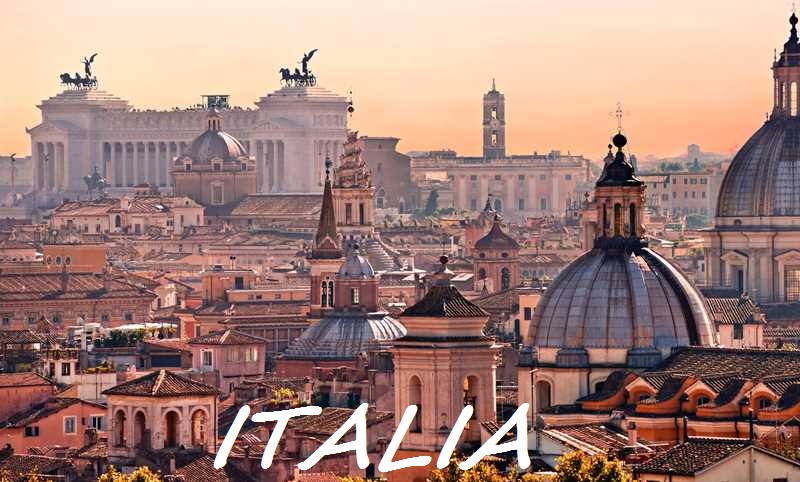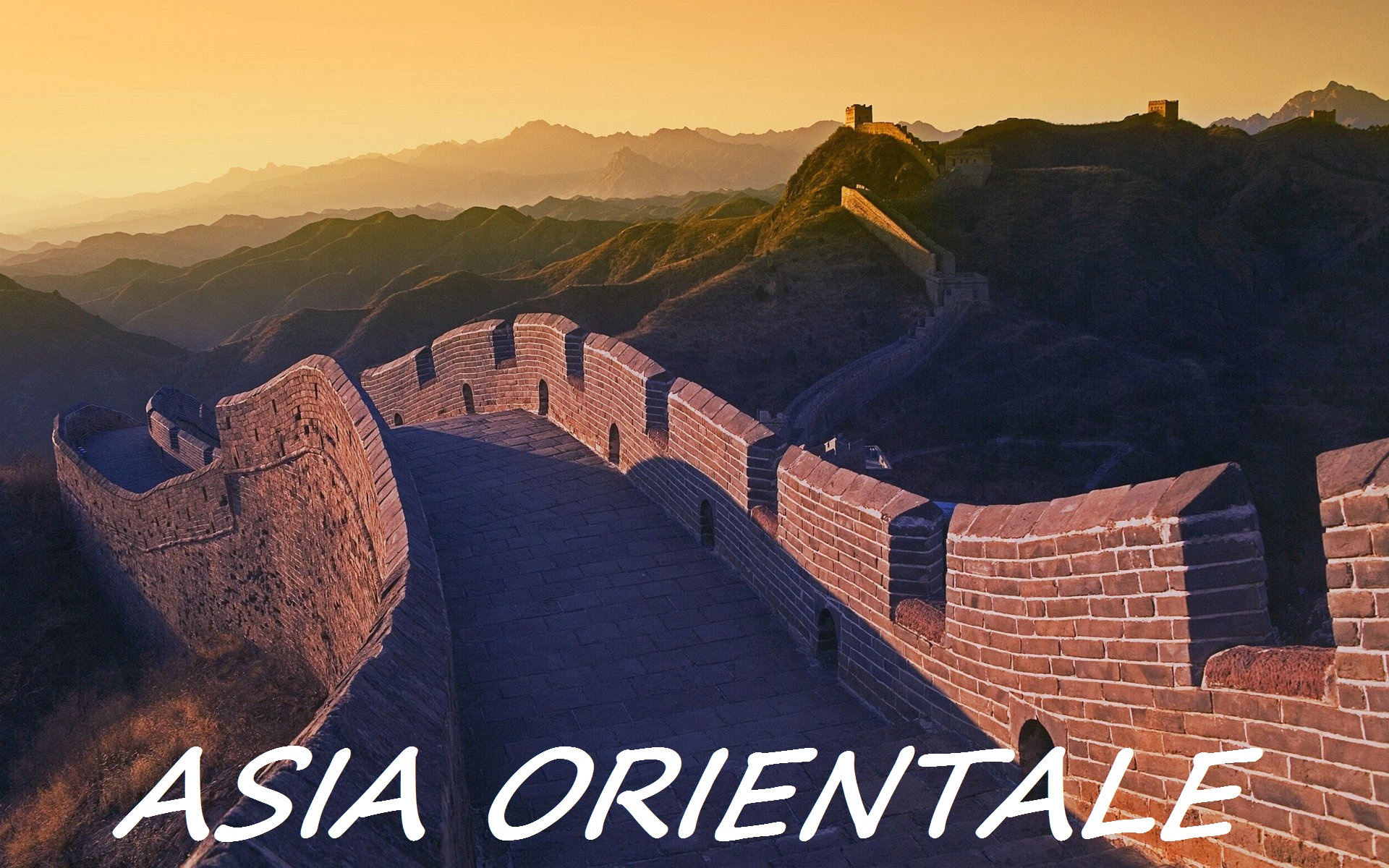The Fall of Saigon was the capture of Saigon, the capital of South Vietnam, by the North Vietnamese Army (PAVN, People’s Army of Viet Nam) on April 30, 1975. The event marked the end of the Vietnam War (which in Vietnam is called “American War”) and the start of a transition period leading to the formal reunification of Vietnam under communist Hanoian rule.
The fall of the city was preceded by a spectacular evacuation of almost all the American civilian and military personnel in Saigon, along with tens of thousands of South Vietnamese civilians associated with the southern regime (a puppet US government). The evacuation culminated in the so-called Operation Frequent Wind, which was the largest helicopter evacuation in history.
Frequent Wind started on April 29th at 10:48 a.m., when US Ambassador in Saigon Martin relayed to Kissinger his desire to activate “the FREQUENT WIND” evacuation plan, because the city was encircled by North Vietnamese PAVN and Viet Cong (Southern “National Liberation Front”) armies. Kissinger gave the order three minutes later. The American radio station began regular play of Irving Berlin‘s “White Christmas,” the signal for American personnel to move immediately to the evacuation points.
The embassy evacuation flew out 978 Americans and about 1,100 Vietnamese, with the last aircraft leaving at 07:53, April 30th, with on board the Marines who had been securing the Embassy. A few hundred Vietnamese were left behind in the embassy compound, with an additional crowd gathered outside the walls. All of them in despairs.
The Hanoi leadership, reckoning that completion of the evacuation would lessen the risk of American intervention (an additional bombing of the North was feared), had instructed its troops not to target the airlift itself.
Duong Van Minh, who had been president of South Vietnam for only three days, at 10:24 announced a surrender. However, the North Vietnamese, in a roll and probably uninterested in a handover, without any opposition simply took the city. The gates of the Independence Palace (also called Presidential Palace, today Reunification Palace) were destroyed by PAVN tanks as they entered, and the NLF flag was raised over the Palace at 11:30. When the first northern Vietnamese soldier arrived at Minh’s office, the president said: “I was waiting for you to hand the power”, to which the soldier replied: “you can not hand what it is not yours”. At 15:30, Minh broadcast over the radio, stating “I declare the Saigon government…completely dissolved at all levels.” The dissolution of the South Vietnamese government effectively ended the Vietnam War.
Various names have been applied to the incident. Fall of Saigon and Liberation of Saigon are the most commonly used names in English. Giải phóng miền Nam (The Liberation of the South) is currently used by the Vietnamese government, whereas anti-communist Vietnamese people overseas refer to it as Ngày mất nước (The day we lost our country/nation), Ngày Quốc Hận (National Hatred Day) or Tháng Tư Đen (Black April).
Decades later, when the U.S. finally ended an economic embargo and reestablished diplomatic relations with Vietnam, the former US Embassy in Saigon was returned to the U.S. Today it is the U.S. consulate in Ho Chi Minh City (as Saigon has been renamed), located in Le Duan Boulevard, district 1.

Above, a CIA employee (probably O.B. Harnage) helps Vietnamese evacuees onto an Air America helicopter from the top of 22 Gia Long Street, a half mile from the U.S. Embassy. Image: © Bettmann. Date Photographed: April 29, 1975.

Above, in black and white, the historical photo of the first tank which demolished the gate and entered in the Presidential Palace area.

A famous photo by Jacques Pavlovsky showing Saigonese people welcoming the National Liberation troops.

During the Fall of Saigon, a boy on a jeep waves a transitional flag (used for 4 months in the middle of 1975) for South Vietnam, soon to reunite with the North. Photographer: Jacques Pavlovsky.

Female North Vietnamese troops enter Saigon carrying wooden rifles, red flags, and portrait of Ho Chi Minh. Photographer: Jacques Pavlovsky.
























 Reddit
Reddit Twitter
Twitter Facebook
Facebook RSS
RSS
Pingback: Bombe inesplose: il caso laotiano | Asiablog.it